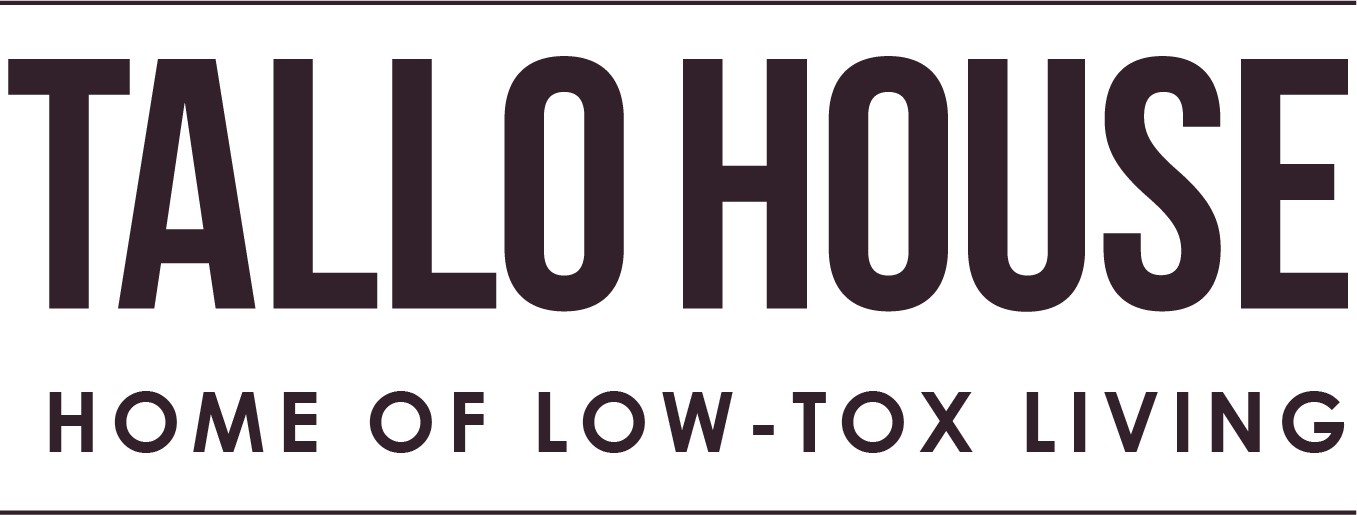Why Grass-Fed Tallow is the Moisturiser Your Skin Has Been Missing
I now know personally at the age of 45 what works for my skin. I’ve been sucked in by all the adverts, the promises of this and that, only to be left disappointed. I know (like me) you’ll have half used pots of serums and creams in your cupboard, and I understand the draw of getting bored and trying something new. It’s alluring.
When the label promises nourishment, hydration and radiance, but your skin still feels dry, reactive, or like it’s just sitting under a film of cream doing...absolutely nothing.
If you’re ingredient-conscious and tired of falling for greenwashing, it might be time to look back in history for inspo. Enter grass-fed tallow: a time-tested, deeply nourishing fat that works with your skin, not against it.
When I discovered tallow and the possibility of using it, I read so much around it. I get it’s different, it might feel a bit hmmm, but putting that aside, let’s explore why this ancient, skin-loving ingredient is having a modern revival, and why it might just be the natural moisturiser your skin has been missing all along.
The Problem With Most Moisturisers Today
Fillers, Fragrance & False Promises
So many moisturisers, yes, even the expensive “natural” ones—are built on water, emulsifiers, and lab-created ingredients that don’t actually nourish your skin. They may smell lovely, glide on easily, and feel light, but they often evaporate quickly and do very little beneath the surface.
Why Your Skin Still Feels Dry
Most creams just sit on the skin. They may give a momentary feeling of moisture, but they don’t support your skin barrier or actually restore what’s missing.
What Makes Grass-Fed Tallow Different?
A Bioavailable, Skin-Compatible Fat
Tallow is remarkably similar in structure to the natural oils (sebum) your skin produces. That means your body recognises it, absorbs it, and uses it more effectively.
Nutrient-Dense by Nature
Grass-fed tallow is rich in fat-soluble vitamins A, D, E, and K2, which is vital for skin regeneration, barrier repair, and elasticity.
No Water. No Fillers. Just Pure Nourishment.
Unlike conventional lotions, tallow skincare contains no fillers, just concentrated, active ingredients. A little goes a long way.
From Ancestral Wisdom to Modern Skin
Before skincare became a science experiment, humans used animal fats like tallow for diaper rash, cracked hands, and wound healing. These weren’t fads, they were ancestral solutions that worked.
Today’s “slow beauty” movement is about reclaiming this wisdom: real ingredients, simple routines, lasting results.
Tallow is not new, it’s remembered.
Addressing the Elephant in the Room: Animal-Based Skincare
Conscious Choices vs. Performative Clean Beauty
If using beef fat on your face gives you pause, you’re not alone. But here’s the truth: our tallow is grass-fed, humanely sourced, and sustainably rendered. It’s a by-product of ethical farming, not a wasteful trend.
It’s About Results, Not Labels
You read labels. You question claims. Tallow isn’t about trends, it’s about results. If “plant-based” hasn’t worked for you, that’s okay. Our TalloHouse Balm just might.
Real Results: What Tallow Skincare Can Do for You
Deep Hydration That Lasts: Supports your skin barrier and prevents water loss.
Versatile & Family-Friendly: Safe for babies, sensitive skin, and mature skin alike.
No More Label Anxiety: No junk, no long chemical names, just whole, recognisable ingredients.
Ready to Rediscover What Moisture Should Feel Like?
You’ve tried the trendy serums, the “clean” creams, the water-light lotions. But your skin still hasn’t found what it’s truly craving.
Grass-fed tallow is a return to nourishment. A return to simplicity. A return to skin that feels cared for, not just coated.
If you want to know more about our ancestral skincare, please see our Frequently Asked Questions page.


